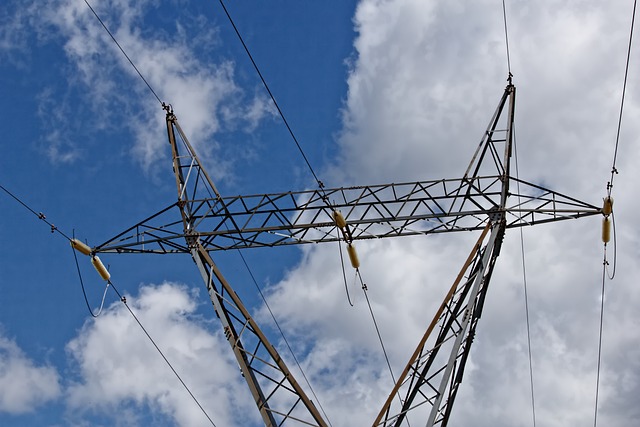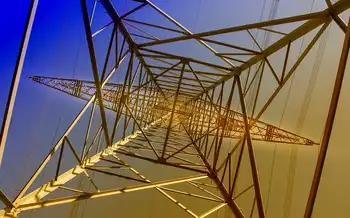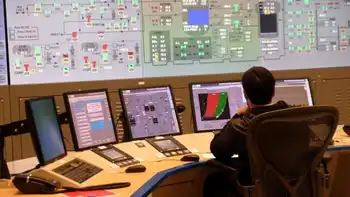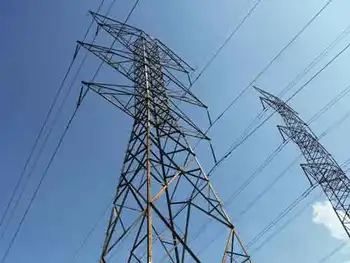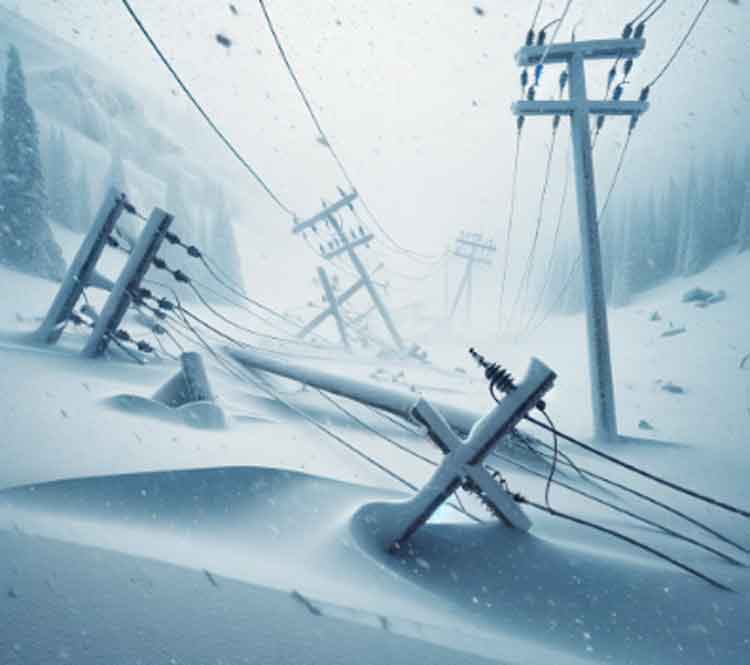Is nuclear fusion too sci-fi to work?
By ThomasNet
NFPA 70e Training
Our customized live online or in‑person group training can be delivered to your staff at your location.

- Live Online
- 6 hours Instructor-led
- Group Training Available
Since the 1950s, researchers have been attempting to make nuclear fusion into a usable energy source, and while alternative methods of nuclear power generation found success, most fusion projects have proven too difficult to sustain and control. However, recent efforts to construct viable nuclear fusion reactors in the United States and abroad are holding new promise for developing a safe, cheap and domestically produced energy source.
Unlike nuclear fission, which involves splitting an atom's nucleus to release large amounts of energy at a controlled rate, nuclear fusion entails joining multiple atomic nuclei together through enormous force to produce far greater energy per unit of mass than in nuclear fission reactions. The process occurs naturally in stars, so a successful nuclear fusion reactor would essentially be a miniature star that can be harnessed for power.
However, the process has been very difficult as scientists "did not realize the true difficulty of the task and ended up having to develop a whole new scientific discipline to learn about plasmas — the stuff stars are made of," SmartPlanet.com explains. "As a result, scientists have spent the last five decades conducting basic research to map out the science needed to make nuclear fusion a viable source of energy."
Recent efforts to achieve successful nuclear fusion may finally put the goal of a new energy source within reach. Located in California, the National Ignition Facility NIF is a $3.5 billion nuclear fusion site that was activated last year. It currently contains the world's largest laser, the size of three football fields, which will be fired this summer at a tiny segment of hydrogen fuel to produce a reaction that will be hotter than the center of the sun and exert more pressure than 100 billion atmospheres.
"The project's director, Ed Moses, said that getting to the cusp of ignition defined as the successful achievement of fusion had taken some 7,000 workers and 3,000 contractors a dozen years, their labors creating a precision colossus of millions of parts and 60,000 points of control, 30 times as many as on the space shuttle," the New York Times reports.
If it succeeds, the project could lead to an era of inexpensive and abundant energy that could theoretically power the entire country far into the future. A nuclear fusion power plant relying on collected energy — to power steam turbines that generate electricity — could have 1 liter of heavy water yield the energy of 2 million gallons of gas.
However, many critics cite the enormous expenditure and high risks involved in the project, claiming that it may divert much-needed resources away from more practical energy research in favor of a far-fetched concept that has yet to yield any measurable gain.
"[R]aising its energies still further to the point of ignition could take a year or more of experimentation and might, officials concede, prove daunting and perhaps impossible," the Times notes. "For that reason, skeptics dismiss NIF as a colossal delusion that is squandering precious resources at a time of economic hardship."
A similar project in France, known as the International Thermonuclear Experimental Reactor ITER, has already cost the European Union an estimated $18 billion and continues to face budget shortfalls, according to Nature News. Technical problems have caused major delays, and the first ITER experiments won't begin until 2019, at the earliest.
The availability of nuclear fuel for fusion reactors poses another problem, as existing experimental reactors rely on rare and extremely expensive tritium that may be insufficient for meeting future energy needs.
"Supplies come principally from nuclear reactors, specifically Canadian heavy water reactors," BBC News reports. "They can produce enough tritium to supply current experimental fusion plants but not enough for commercial production."
Despite the skepticism, attempts to harness nuclear fusion energy are also coming from some unusual sources. Last month, a do-it-yourselfer claimed to have successfully performed fusion in a Brooklyn warehouse lab. Mark Suppes built and operated his reactor, detailing every step of the process on his blog and using a bubble detector filled with gel to measure the small-scale energy releases.
Stan Milora, director of the Fusion Energy Division at Oak Ridge National Laboratory, believes Suppes' reactor project holds promise.
"Milora says that while Suppes' experiments may be amateur because they are smaller and less complex, they can be more efficient than the massive projects funded by national governments," CNN reports.
Dozens of amateur fusion engineers have been working to build homemade reactors, but the future potential for large-scale reactor projects remains uncertain.
"According to Milora, the drawback to nuclear fusion now is that reactors capable of creating large enough amounts of energy cost billions of dollars and have yet to require less energy than they produce, or, 'net energy,'" CNN adds.
Although the fuel problem and certain budgeting difficulties have yet to be resolved, scientists and enthusiasts are moving forward with their attempts to produce viable nuclear fusion.
"Fusion power, like nuclear fission power, would cost less per kilowatt hour than wind and far less than solar, yet would be less capital intensive than fission," Ed Moses, the director of the NIF, explained in a seminar at the Long Now Foundation. "For the constant baseload power no carbon is involved, no waste stream, no possibility of meltdown or weaponization, and there is no such thing as peak hydrogen."





